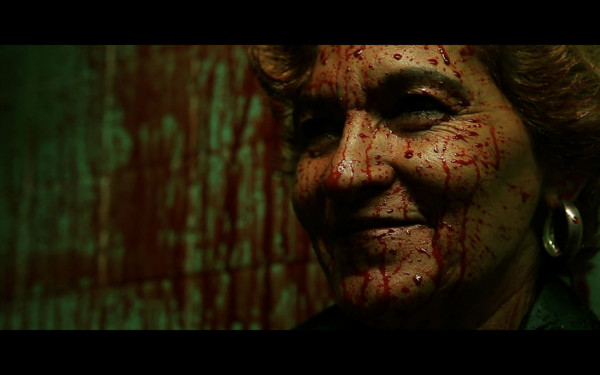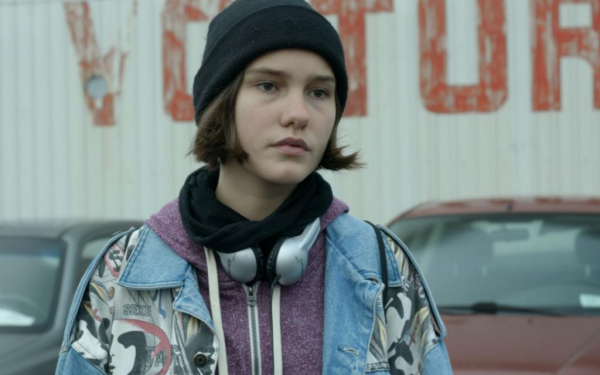Concordia Film Student Triumphs At FNC
Les Beiges Wins Best Student Short Film Across Canada
For directing without artifice, respect of their subjects, and an original way of filming cars—the award for the Best Student Short Film across Canada goes to Les Beiges.
As the 45th edition of the Festival du nouveau cinéma came to an end last Sunday, a jury chose Concordia University film student Étienne Lacelle’s mini-documentary as the category’s winner. The jury was composed of Anaïs Charbonneau-Meilleur, Sarianne Cormier, and Emilie Mannering.
The win came as a surprise to Lacelle, considering he went up against directors from more prestigious film-specific schools. “I wasn’t expecting anything because I didn’t think we were in the same league, but the jury chose my film over theirs,” said Lacelle. “I was super surprised and happy, but I didn’t expect that at all.”
Lacelle worked with Peter Hostak, Raph Sandler and Brett Ablenas, all students from his class. They financed the film by themselves with less than $2,000, but these expenses were almost balanced by $1,500, which can be used to start a crowd-funding campaign on site Ulule.
The prize also included an immersive stay at the École cantonale d’art de Lausanne in Switzerland.
“A lesson I got from this is to trust my cinematic instinct and to work with people I have fun with and to do projects that are inspiring for me,” Lacelle said.
The short feature originally started as a project for a third-year film production class. His first idea fell through, Lacelle said, but inspiration later came to him from a friend closely associated with car drifting communities in Quebec. “I knew that was something what would be interesting visually,” the film student said.
Lacelle’s piece was one of six films chosen to represent the class. It was then selected to represent Concordia in the student competition across Canada at FNC.
“The film is a moment in the world of drifting,” said Lacelle. “It’s a bubble in space where you drift with them.” The film allows the audience in on the complex culture of drifting. It communicates an understanding of why they do it and how they do it, but there are still moments where the audience sees the story from an external scope.
Lacelle didn’t meet his subjects before the shoot. “We showed up with the cameras and said ‘what’s up man?’ Brought a couple of pizzas, beers, sat in the garage and we hung out with them for the weekend,” Lacelle remembered.
The informality of the setup translates well from real-life to the silver screen—the film opens with a similar scene in a garage where drifters are fixing up their cars. Then, the audience immediately dives into the rough atmosphere of it all—the driving, the rush, the passion, the danger. The film invites the
audience to feel what the characters feel when they are losing themselves in the drift.
While Les Beiges was shot at the legendary race-course Maple Leaf Batch, the approach to shooting the film was as casual as Lacelle’s meeting with the subjects. “For the filmmaking, we were just like ‘fuck it.’ We’re going to shoot something and we’re going to have fun with it—and that’s when the result is actually good,” he explained.
“I knew I wanted that shot where the cars were coming in and out in and out but Peter Hostak had the magic of fitting a bit of the fence, a bit of the course, a bit of the sunset and a leaf going by,” said Lacelle.
The biggest difficulty the crew faced was the editing process because they shot so much during the two days of the competition and then had to make a film out of it. It took Lacelle and his team months of editing work.
“We just had fun with it,” said Lacelle. “We didn’t think too much because sometimes when you want to amaze people and you end up doing something that is far from your vision and your artistic instinct.”
Les Beiges // Nov. 13 // Quartier général des RIDM in the concert auditorium (5333 Casgrain Ave.) // 7 p.m. // FREE

web_900_588_90.jpg)
web_900_703_90.jpg)
_600_832_s.png)




__600_375_90_s_c1.jpg)